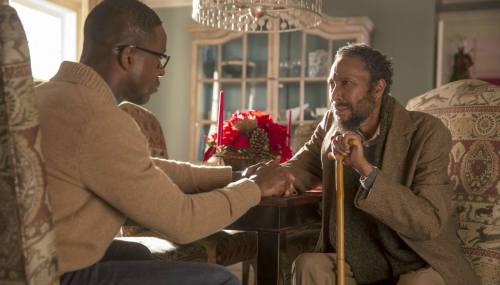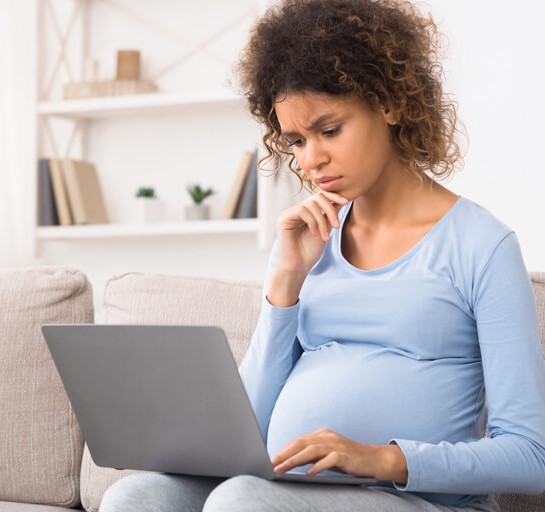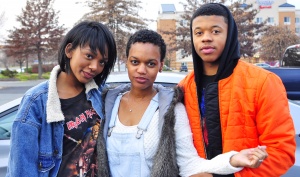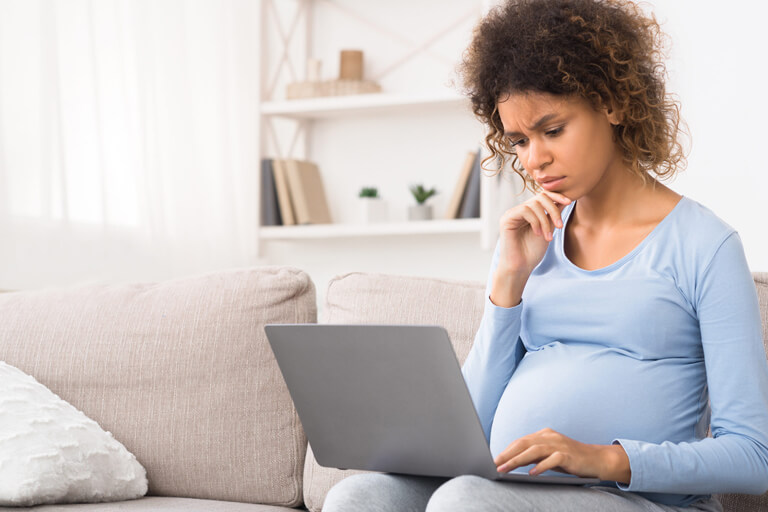
Guest Blogger: Adrienne Carwheel
Typically when a REALLY good TV show is on, social media tells the tale. Random running commentary complete with people screaming at the screen (via text) accompanies some of the best shows out there.
I join in the revelry, identifying with characters, criticizing their decisions, relationships, and posting my frustration with fellow watchers-except when watching the bane of my existence, yet absolute private addiction:
This.Is.Us
I have to prepare myself and not just because it is really emotional screen time, but because as someone who identifies as an adult adoptee, I need a minute to process all of what I see and hear…alone.
Randall, oh sweet Randall. You move me. The way you have to face race, identity and adoption is just beautiful. The mark of a really good show is when you can picture yourself living through the characters, what they think, and how they feel.
Randall, like me, as an adult adoptee, made a conscious decision to research his origin. Meeting William, his birth father, was an integral part of his journey, and the precious time they spent before his death was a gift that both of them were able to hide in their hearts.

I reunited with my one section of my birth family in 1997 and the other in 2015. It was a painstaking, yet fulfilling quest of fact-finding. I saw my same nose, my same chin, my same mannerisms and idiosyncratic behaviors that no adoption could ever sever.
I believe that there are some lessons from Randall that we can learn in the area of adoptee “self-care” as it were. It was obvious that he dealt with extreme anxiety and although successful, and in a loving family, the weight of the world, at times, proved to be too much.
1. Watch the show and process with people who get you.
If your people don’t understand why a TV show could have you weeping in a corner, those are not your people. Whether you are an adoptee reunited, in a closed adoption, or even a parent of an adoptee, being presented with complicated issues where art imitates life, takes some self care.
I don’t envy my husband since he is married to an adoptee. Some of us see the world through such a different lens, holding on, thinking and feeling–longing. My husband represents what Beth is to Randall in the show.
2. Don’t be ashamed of your story
Television sometimes can portray the perfect nuclear family, however, shows that portray the messiness of life are the best. In life, our stories don’t have to be perfect to be beautiful. Adoption begins with loss, but even if reunion doesn’t occur, you still have a path and all is not lost.
3. It is part of who you are, but not all of who you are
I struggled for a long time with the loyalty that comes with longing for birth family, yet being implanted in a loving adoptive family. My birth family gave my life, but my adoptive family taught me how to live it.
*************
Adrienne Carwheel was adopted at birth is now an adoptive mom of two young girls. Adrienne and her husband are currently in open adoptions with the birth families of their children. She has also served in the following roles:
Connect a Kid Mentor
Guest speaker for Miriam’s Heart
Administrator for transracial adoption group
Book Club Leader for African American Adoptive Mothers
Adrienne is also a good friend, someone I have had the pleasure of working with in the past a few times. She always brings a peacefulness and calm to everything we do together. Adrienne, Dawn(the birth mother from the last post), and I share the stage together in what we call The TRIAD TALKS. We are 3 adoptees that represent each branch of the triad. It is a powerful 90 minutes of each of us sharing and helping others, as well as each other, understand the different roles involved in adoption. It is a healing 90 minutes.





 Seven years ago I released the first edition to my memoir, Growing Up Black In White. I was really new to the adoption community and was excited to get my story out in the world. I choose to self-publish and rushed to get it out. It was a big accomplishment for me but I still couldn’t escape what I call my adoption residue; things that come with adoption that adoptees can’t easily wash off.
Seven years ago I released the first edition to my memoir, Growing Up Black In White. I was really new to the adoption community and was excited to get my story out in the world. I choose to self-publish and rushed to get it out. It was a big accomplishment for me but I still couldn’t escape what I call my adoption residue; things that come with adoption that adoptees can’t easily wash off.












